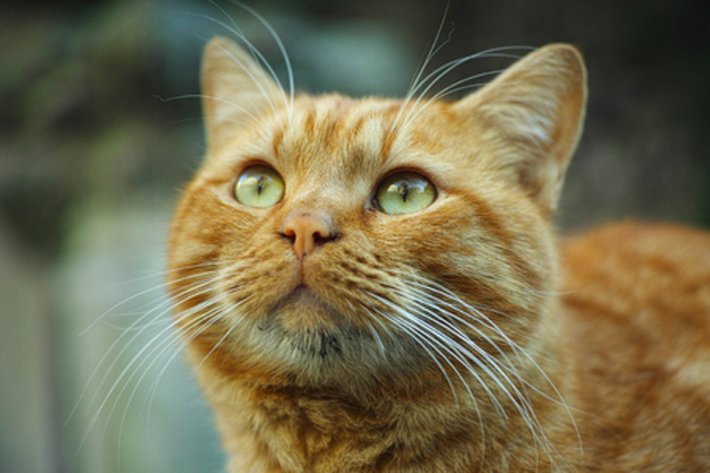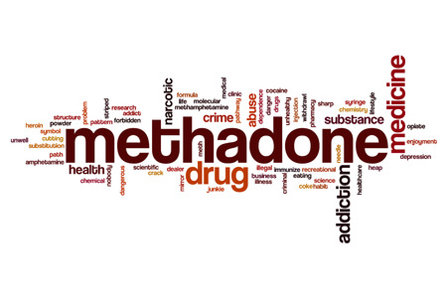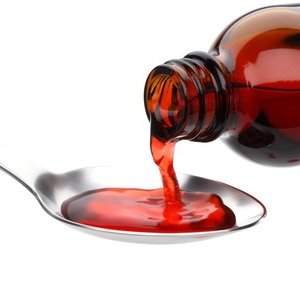Cats, Heroin Addicts and Methadone

The lovely uplifting film ‘A Street Cat Named Bob’ hit our cinemas recently (this was originally written in 2016), and as a cat lover, I went to see it. For those not familiar with the film it is based off a true story of a homeless heroin addict called James Bowen, on the methadone programme in London. He ends up adopting a cat, who he names Bob, who won’t leave his side. This cat helps him overcome many difficulties, including addiction, becomes a life-long companion and they end up becoming famous with a bestselling book, and now a film about his times on the street.
Though his story was such a success, for me it really highlighted the shocking inadequacies in our care system. The biggest surprise for me was at the point where he wanted to become clean, off the methadone entirely. He was left utterly to his own devices. The withdrawal from methadone is known to be an extremely tough one, and if he had been a slightly weaker man, that would have been it, back onto heroin if he couldn’t get methadone.

How the official government methadone programme can substitute one addicting drug for another and then knowingly leave the person to go cold turkey entirely, alone with no support, seems outrageous to me.
It is interesting looking at the premise of the methadone programme. The positives are that the addict can be somewhat removed from the drug scene, and culture that goes with it; it provides a somewhat safer line between them and their doctor or counsellor. The negatives are one drug (methadone) has now been added to another: now two drugs have to be removed from the body in order to fully handle the addiction.
Let’s not forget L. Ron Hubbard’s conclusion that LSD residues appeared to remain trapped in the body, mainly in the fatty tissues, long after a person had stopped taking the drug. This explained why someone who had used LSD in the past could suddenly reactivate a “trip” even years later. Further research indicated that many other drugs and toxic substances also appeared to remain in the body in some form, producing negative effects for years to come. In fact, our experience with addicts at Narconon strongly suggests that such residues play an important part in creating drug cravings which make it so difficult for addicts to break free into a life without drugs.
I think everyone can agree that the ideal scene for rehab would be coming off drugs without resorting to replacement drugs.
I hope there are many other cats out there like Bob, helping people back onto a positive path of life. But without relying on that, let’s supply the best care possible for those in these vulnerable positions.
If you have a loved one you do not want left in a position that James found himself in, don’t give up on them, get in contact with us: Narconon is a live-in rehabilitation centre, to help any addict get through the tough withdrawal and rehabilitation process, drug-free.


